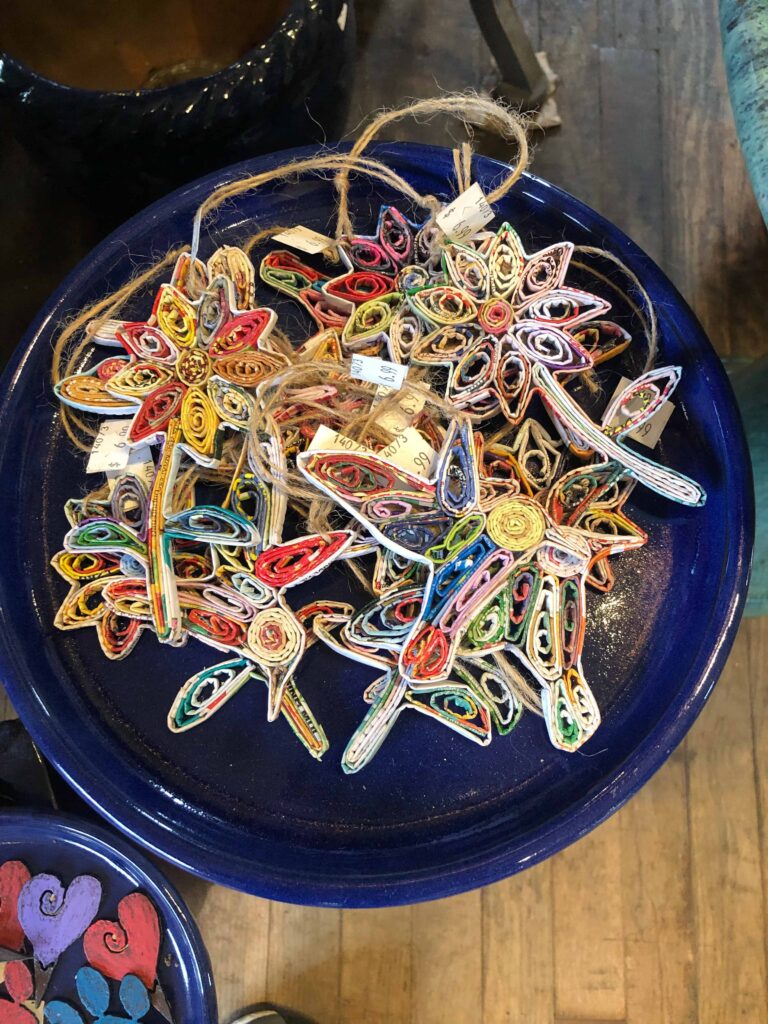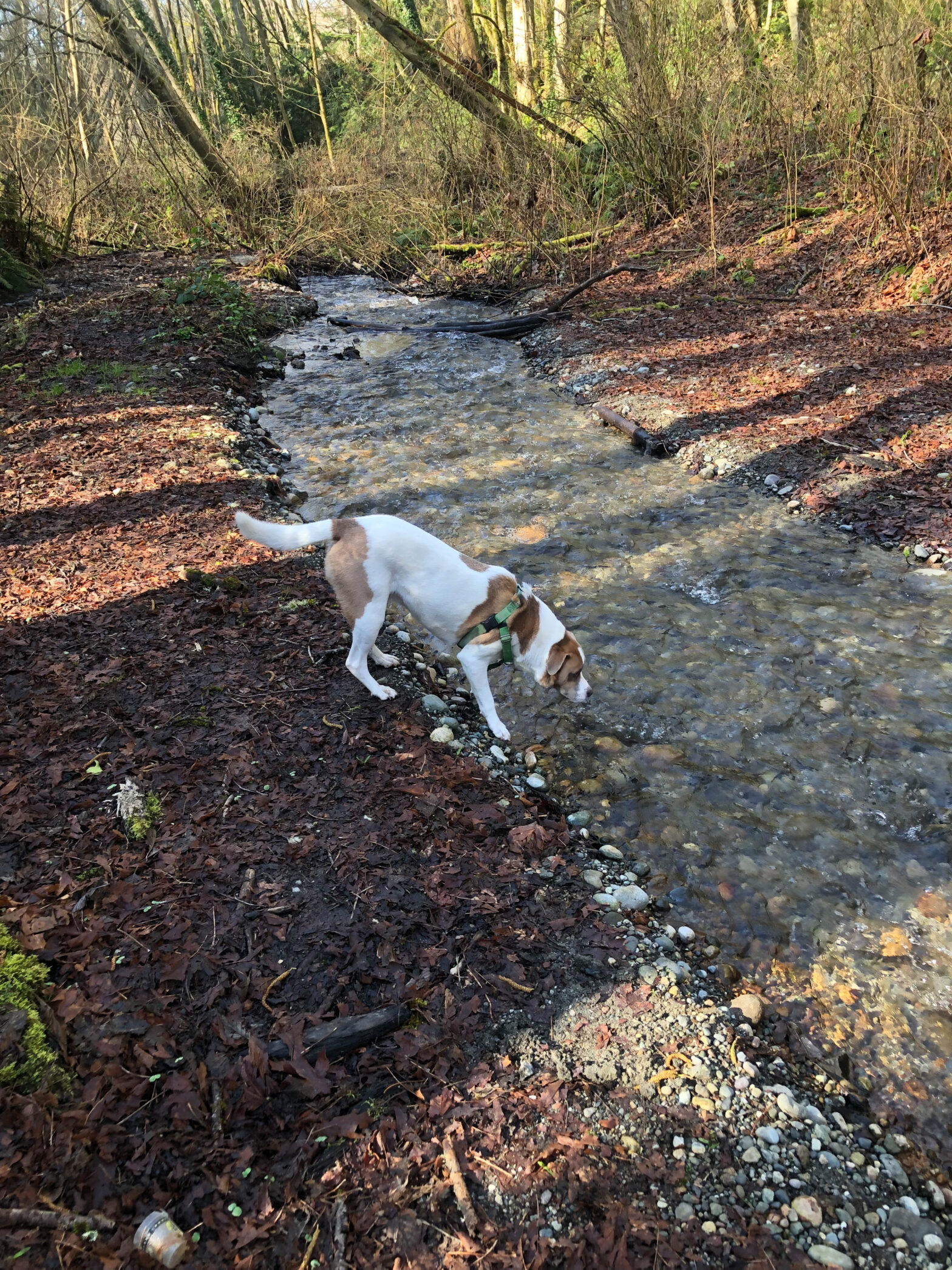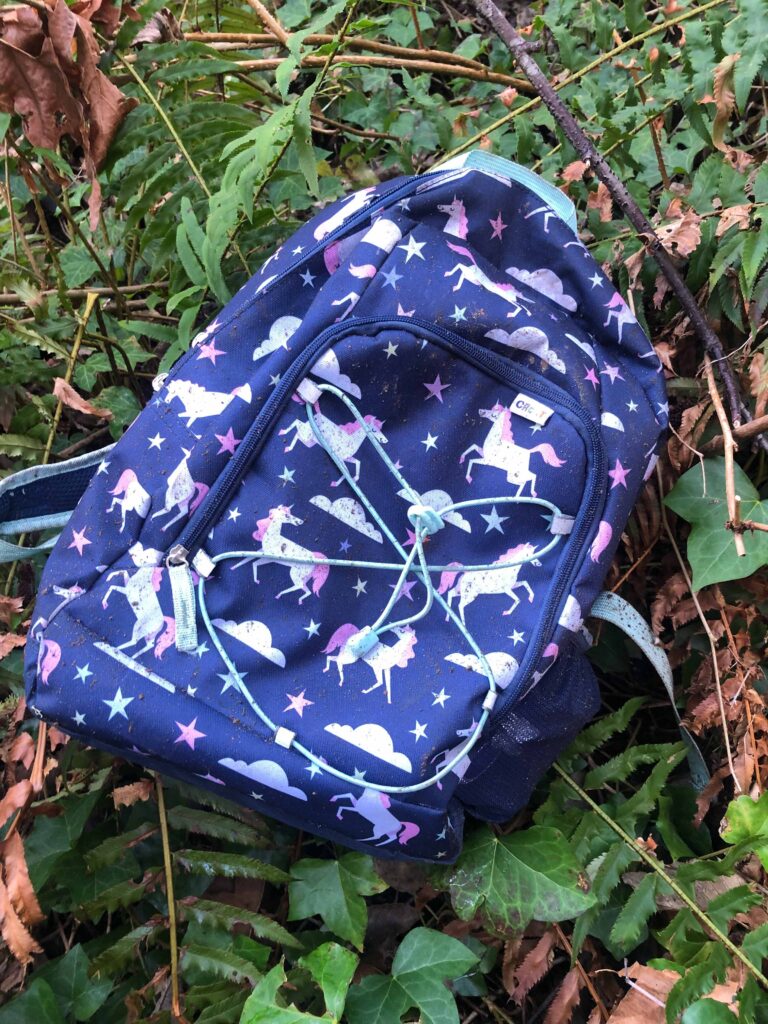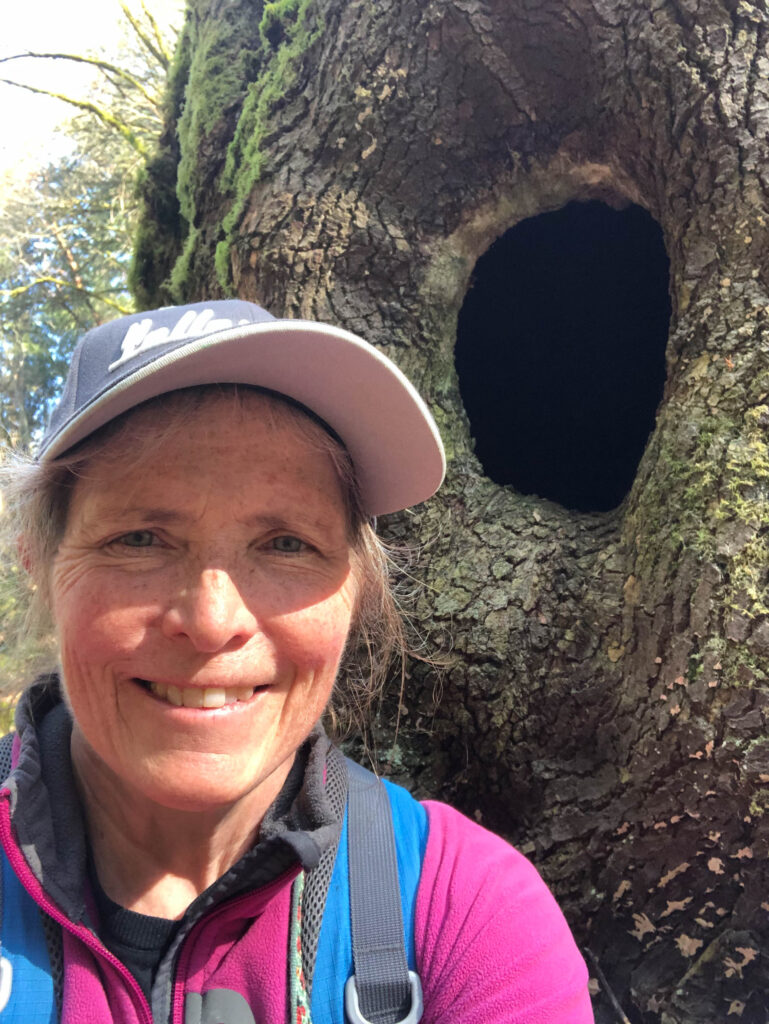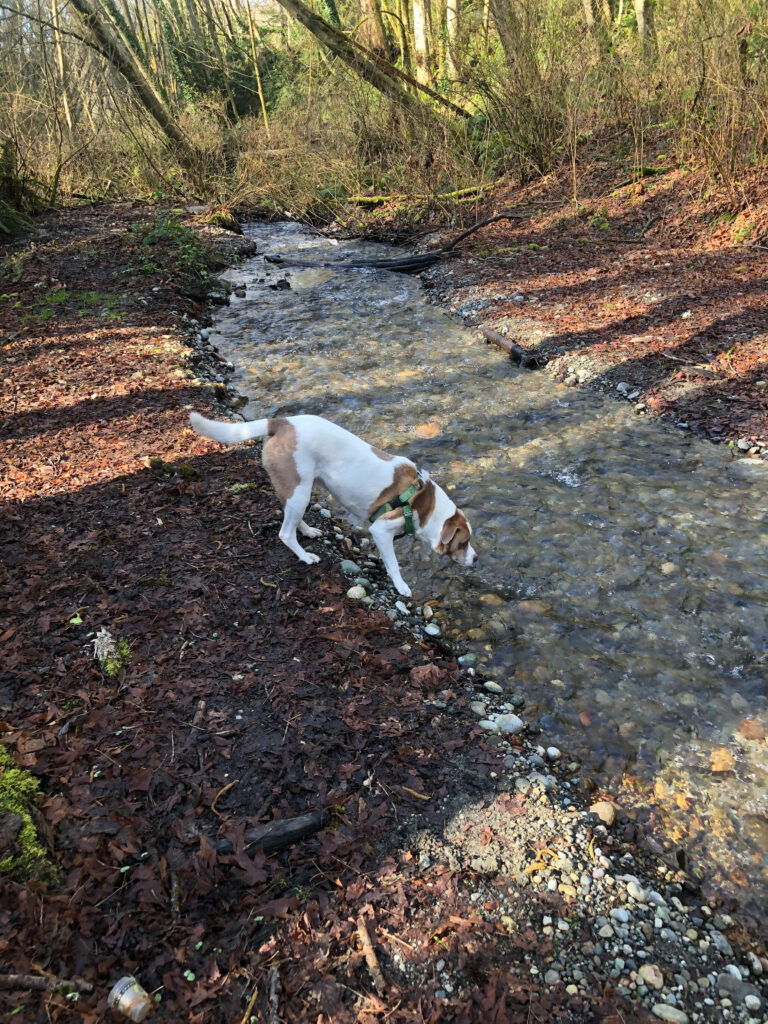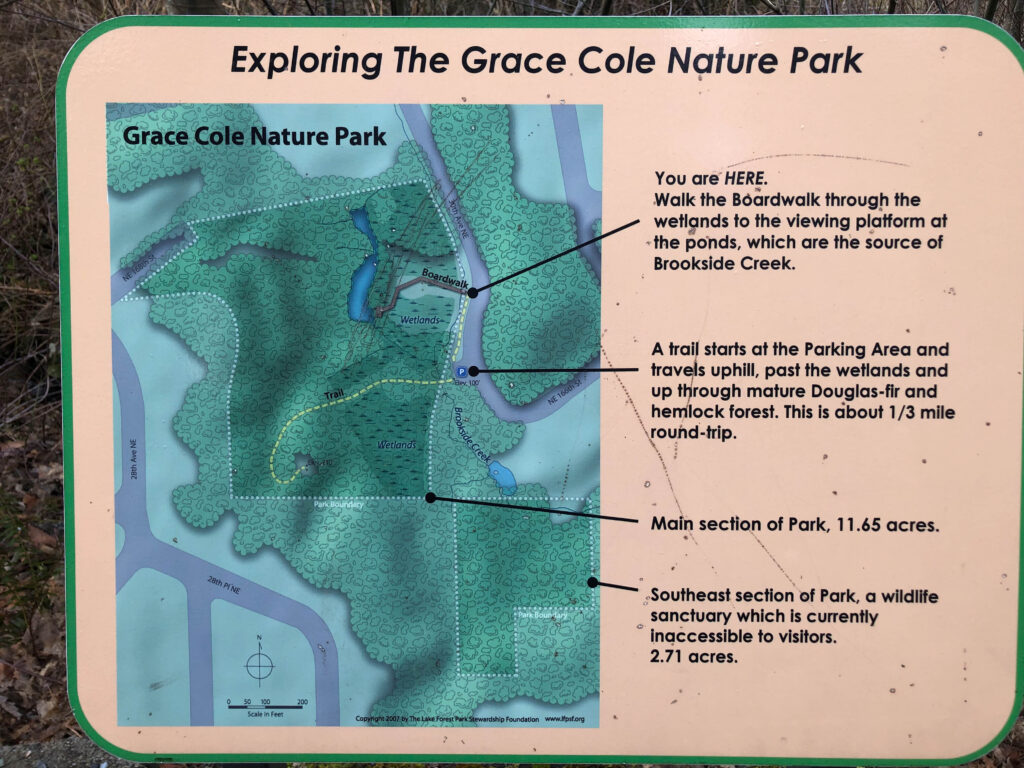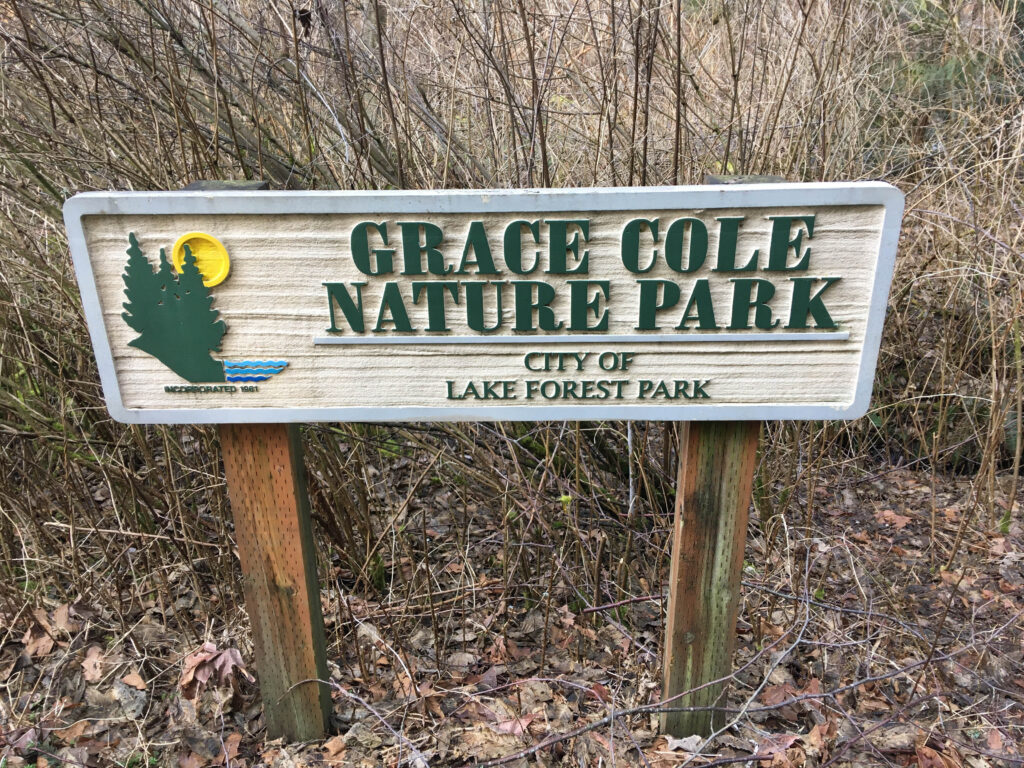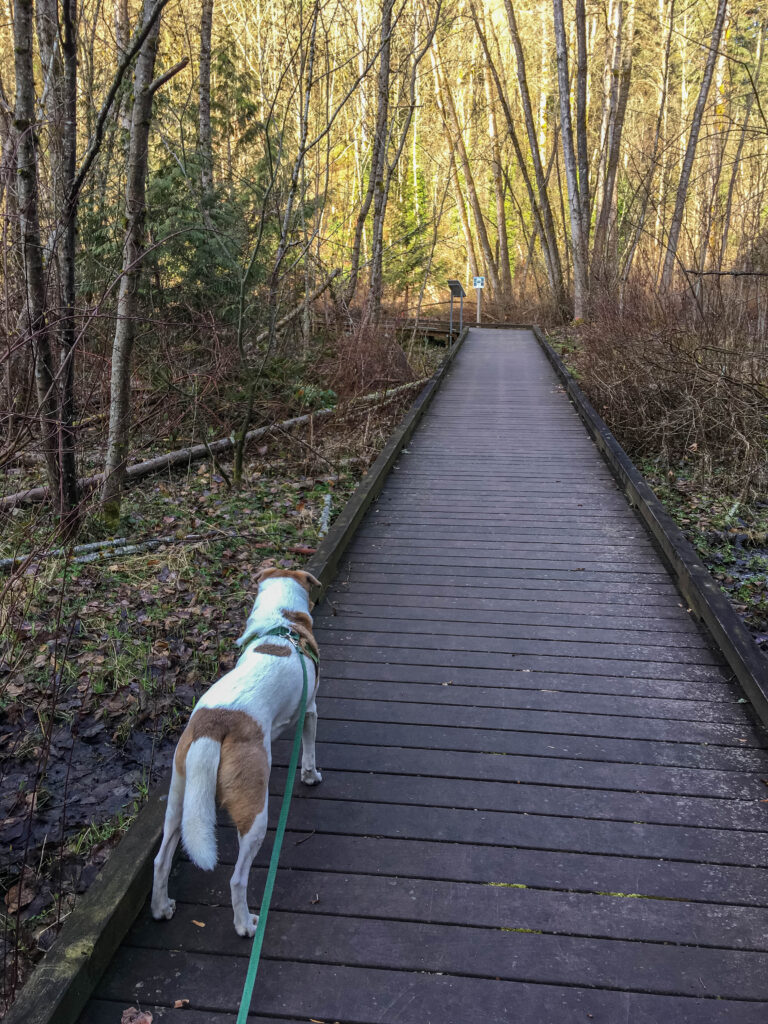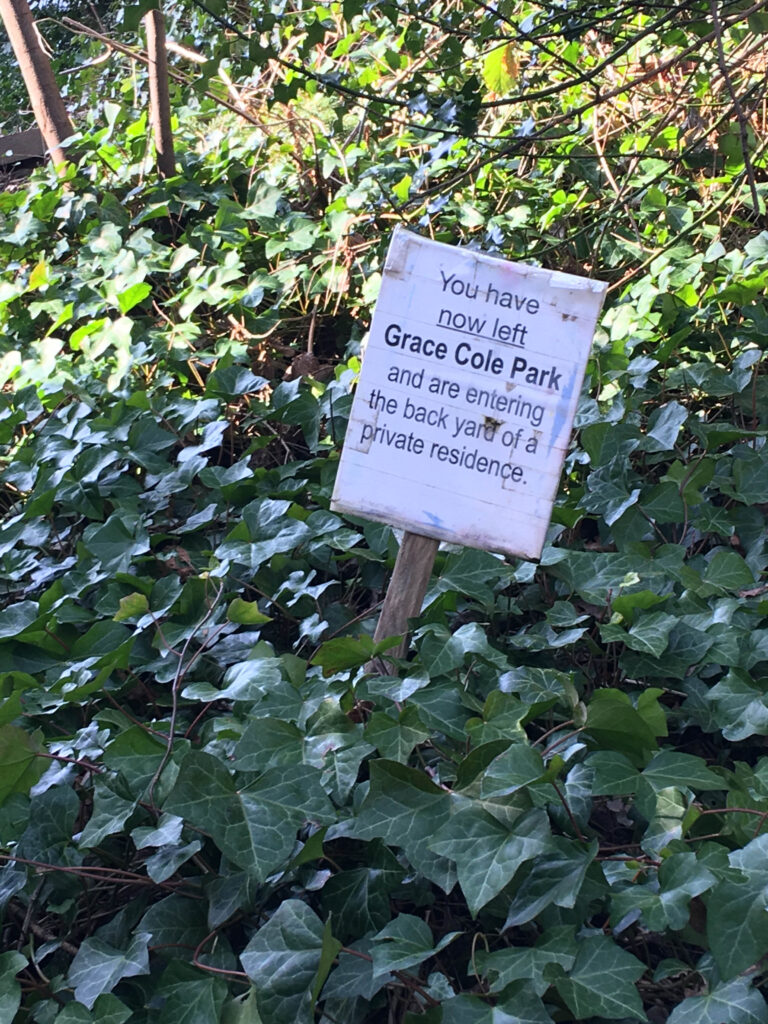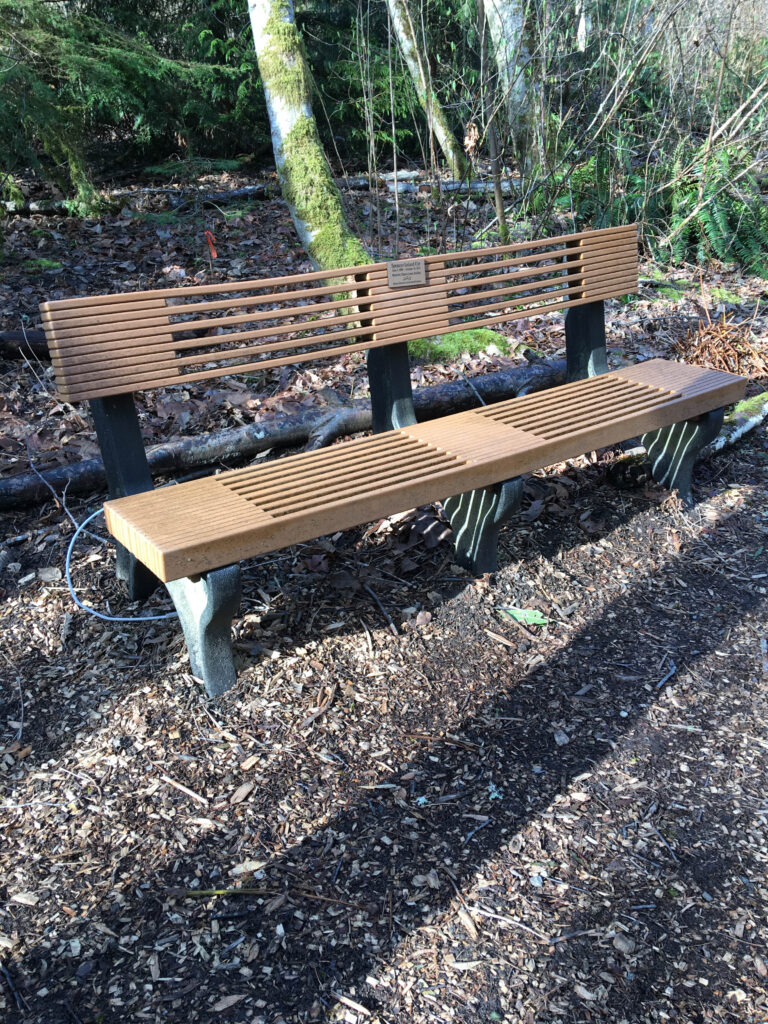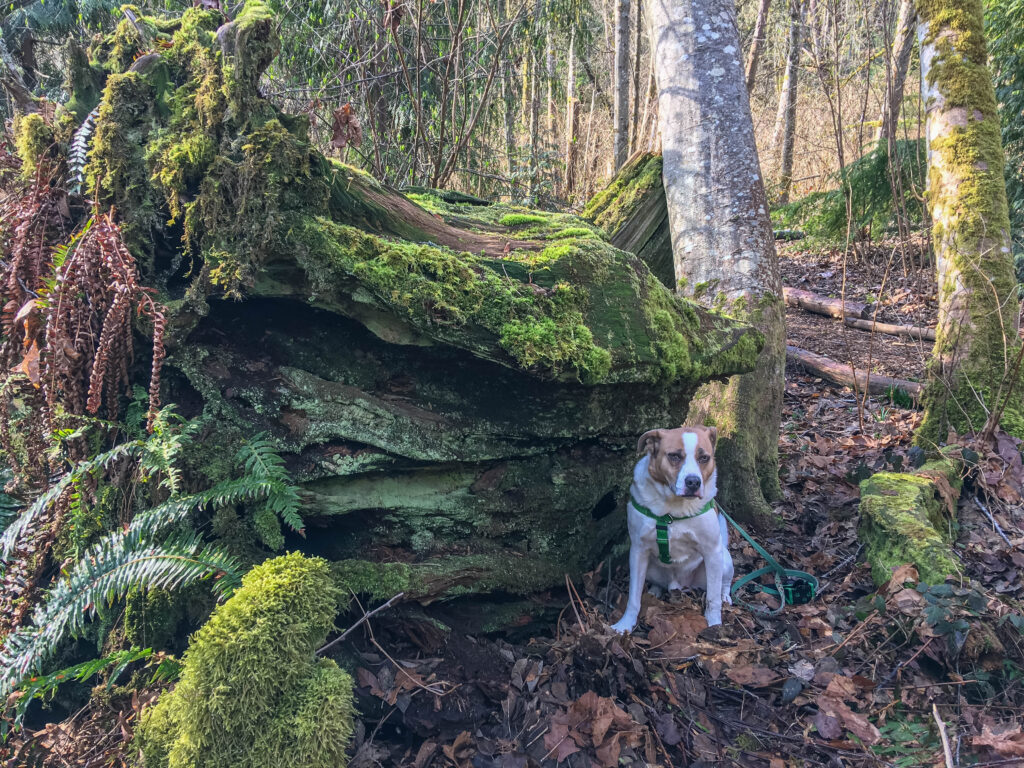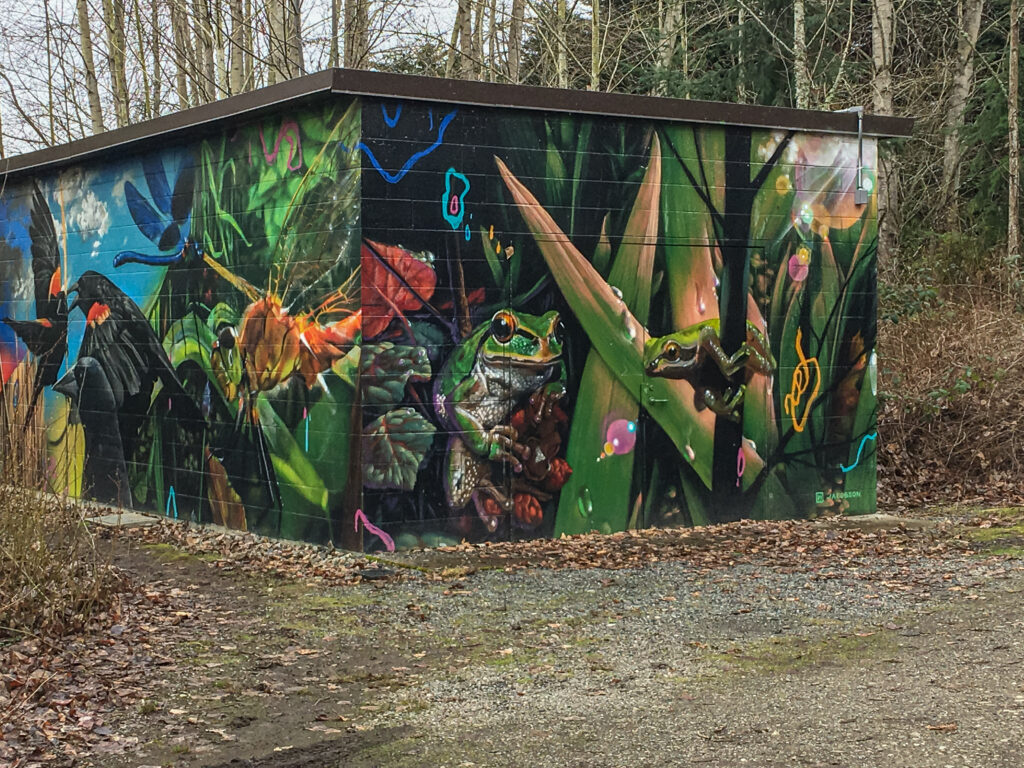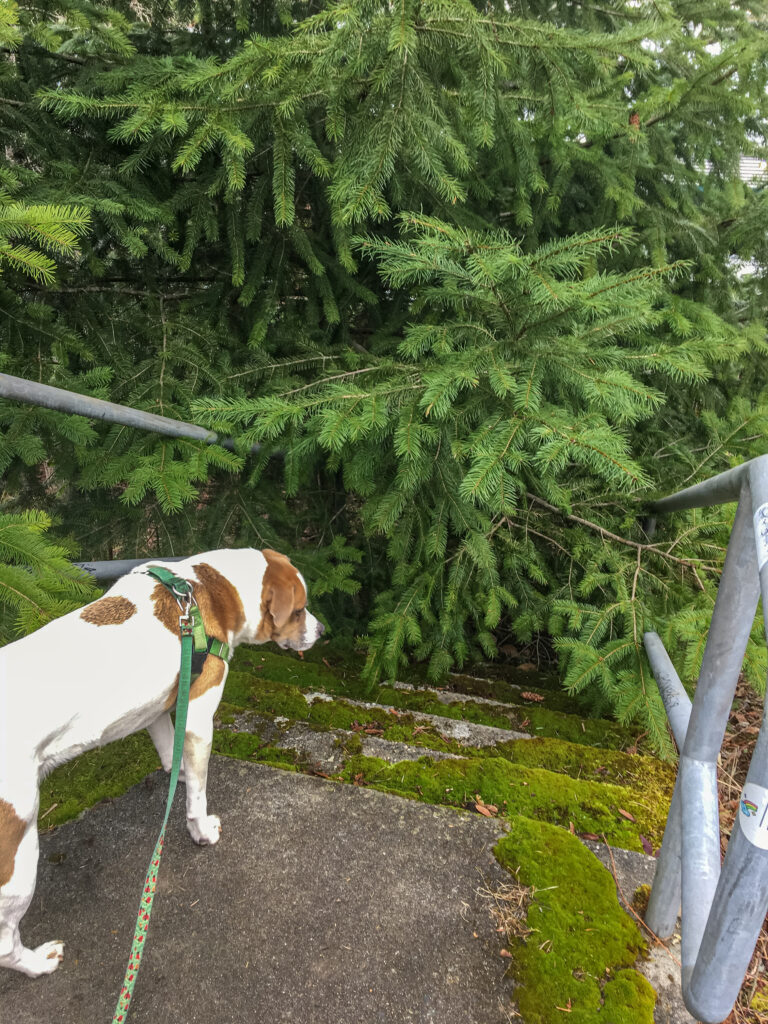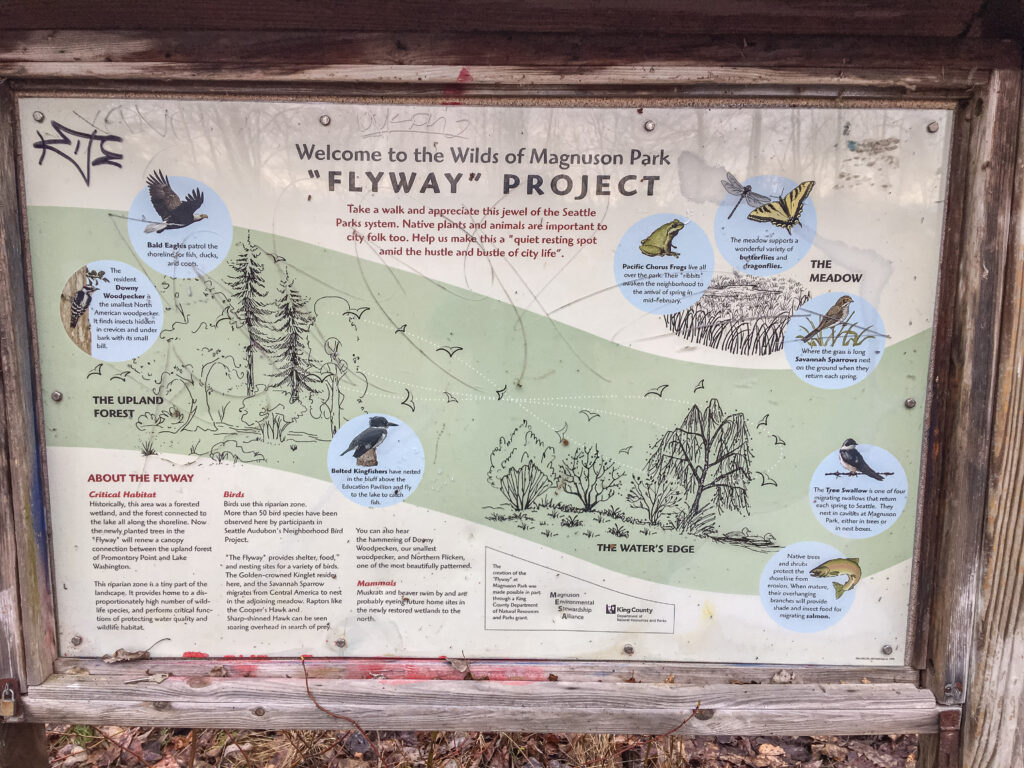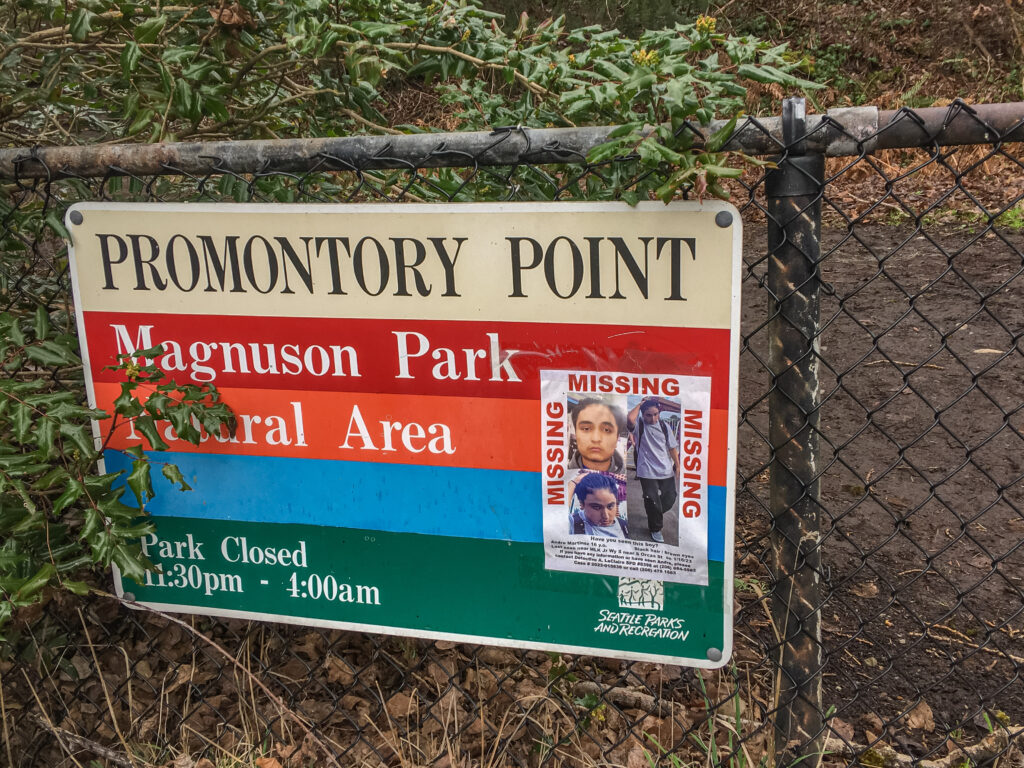If you follow any sports, you’re probably familiar with the phrase, “Go for the gold.” Aim high, shoot for the stars, and push hard. To remind myself of my goal to cultivate a growth mindset, I modified it to my new mantra, go for good. Simple. Catchy. Easy to remember. Motivating. I even wrote it on an elastic band and placed it on my wrist as a visible reminder of my intention.
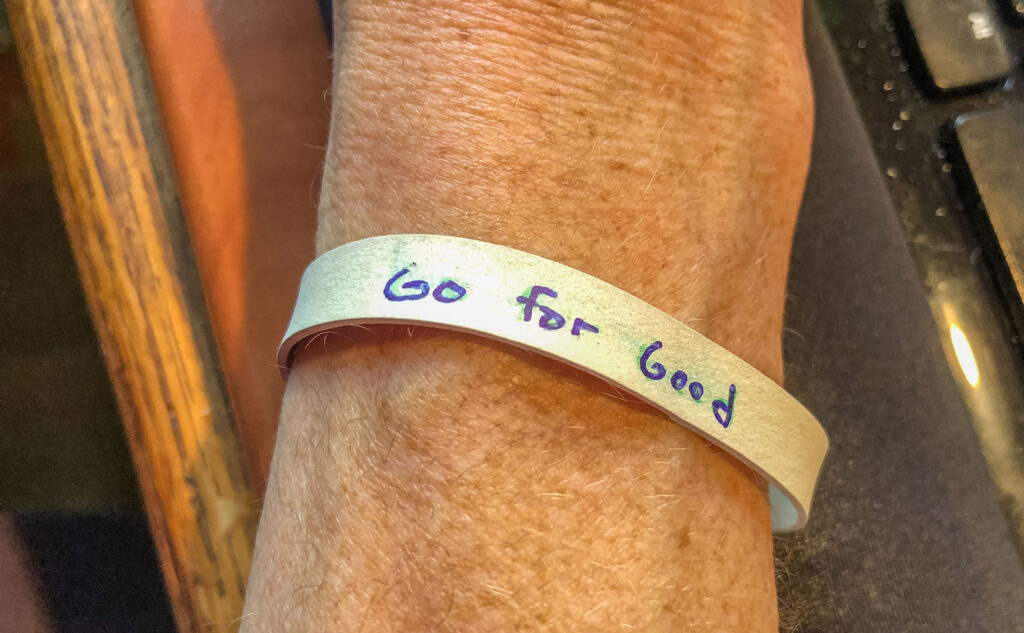
To me, go for good means seeking what’s good about any struggle, obstacle, mistake, failure, disappointment, or problem. Finding the silver lining. Turning what I may have previously viewed negatively into a positive. In other words, rewriting my negative stories is becoming a path toward building the mental muscle of optimism.
Flight Delay
Last week’s return flight from Asheville to Seattle is my first example of a negative story. Thunderstorms grounded all planes into and out of Chicago’s O’Hare International for several hours mid-day. Instead of arriving in Seattle at 6:30 p.m. I got home past midnight. With only four hours of sleep before a day of clients. It would take several days to recover from lost sleep and jetlag. But we have no control over Mother Nature.
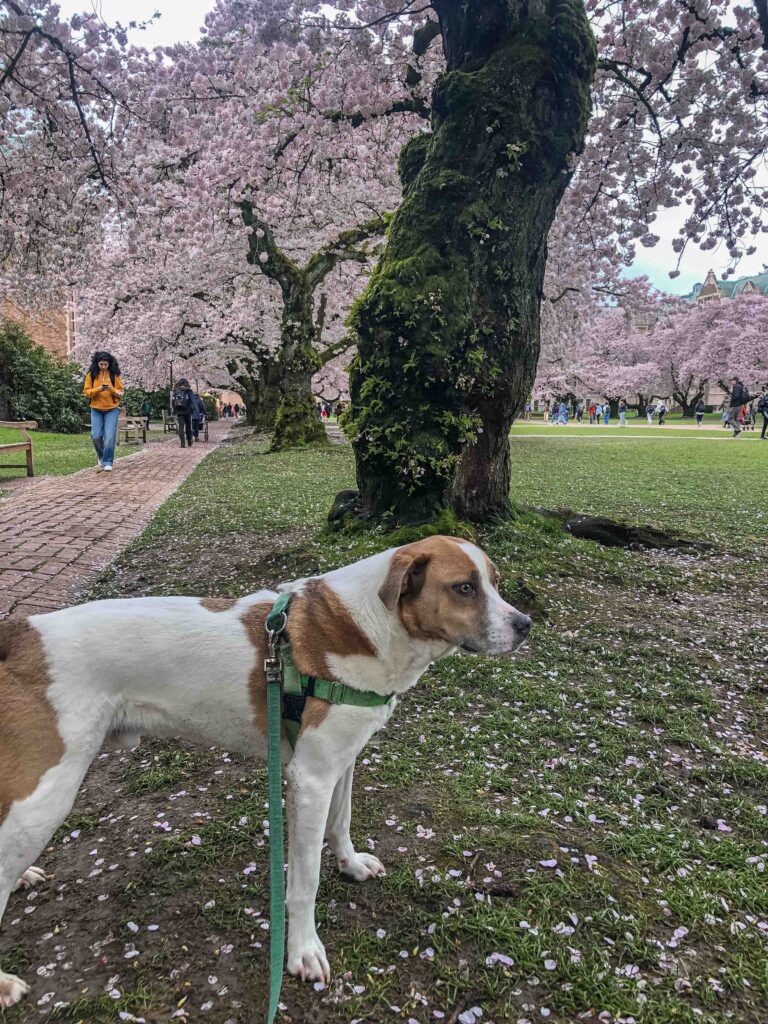
Go For Good 1
I rewrote my story to include the following good lessons. I:
- am fully capable of solo travel even when things go haywire
- have a greater appreciation for our local airport in Seattle, which feels far more manageable than O’Hare
- had ample time to fully recharge my phone battery, which had declined to 10% (neither flight had charge capabilities in my row)
- remember how important it is to set and stick to personal boundaries (courtesy of my brother)
- enjoyed recounting my adventure with my husband who picked me up at the airport (with Ajax). I can use my light rail pass for a future trip
- came up with ideas for future unplanned or long layovers: explore the airport

In short, if I stop, reflect on the entire experience, and look for the good things, it’s likely that I can find them. I can also learn from previous mistakes and plan how to handle them the next time they happen.
Today, I describe my return trip to Seattle in terms of “an adventure” rather than “a disaster.” As a learning experience rather than an epic failure. What’s more, instead of dreading my next flight, I’m eager to see what challenges come up. Because they will.
Cherry Blossom Ramble
Another example of a story I’ve rewritten happened on a recent ramble with Ajax. The cherry blossoms on the University of Washington campus reached peak bloom on April 5, 2023. On Tuesday, I had a few spare hours, so we drove to the Horticulture Center for our thirtieth unique Active Ajax Adventure.

We headed up the steep hill to the north campus to see the cherry blossoms on the quad before wandering around the Union Bay Natural Area viewing twenty species of birds. We had high winds, high lake levels, chilly temperatures, and overcast skies. What’s more, my plan to connect with my daughter in the morning failed. Without her, who would take my picture? And what about getting a photo of the two of us with the trees?
Go For Good 2
It turns out that she had a science lab at noon. She kept her phone off until later in the afternoon. But if I rewrite the story with a focus on the good, I come up with the following positives:
- Rainy conditions mean fewer gawkers in my photographs and fewer distractions for Ajax
- Overcast skies create dramatic backdrops for photos
- Ajax and I had a lovely 90-minute ramble together, the first since my trip to North Carolina
- I reflected on my own time on campus during grad school, as well as last year’s visit to campus for Prospective Students Day with our daughter
- We enjoyed pink snow as the wind blew petals from the trees. Where else do you get to see that?
- I got to be spontaneous, something I want to do more of
- And though I’m not a fan of selfies, it’s always available as a last resort
What’s more, by trying something new, I continue to model for my daughter how to take risks, get outside our comfort zones, and keep trying if we happen to fail the first dozen times.

Challenging Interactions
My last example of a rewritten story includes interactions with challenging people. That might include folks who have differing opinions from mine, who are in a different stage of life, or who make me feel inadequate. You know the type: anyone you might tend to avoid.
Go For Good 3
Instead of avoiding challenging people, I can remind myself that:
- Everyone is doing the best they can with the tools they have available
- Each person has a complex backstory that shapes them, a story I can’t imagine; I can only ask about it
- My job is to get curious about each person I meet and look for a way to connect or similarities in our stories
- If I look at challenging people as mysteries to solve or puzzle pieces to fit together, I can replace fear with curiosity, which unlocks my problem-solving ability and makes the conversation far more enjoyable
- I can seek one GOOD thing about each interaction. It’s there!

Go for Good Takeaways
In order to rewrite your stories, here are some takeaway tips. The next time you feel like you have a problem you can’t solve or something has gone wrong, ask yourself three questions:
- What would an optimist focus on in this situation? In other words, what GOOD do you see?
- What have you LEARNED from this experience that you can apply to future experiences? Everything is a teacher if we are open to learning
- How could you turn the current problem into an OPPORTUNITY to explore something you haven’t before?
If technology frustrates you, try thinking of the advantages it might bring once you master it. When you have to wait in a long line, consider striking up a conversation with the person behind you. And the next time something doesn’t go quite as you expect, look for the benefits of the way it did.
Please feel free to share any comments below. I love hearing from readers.




